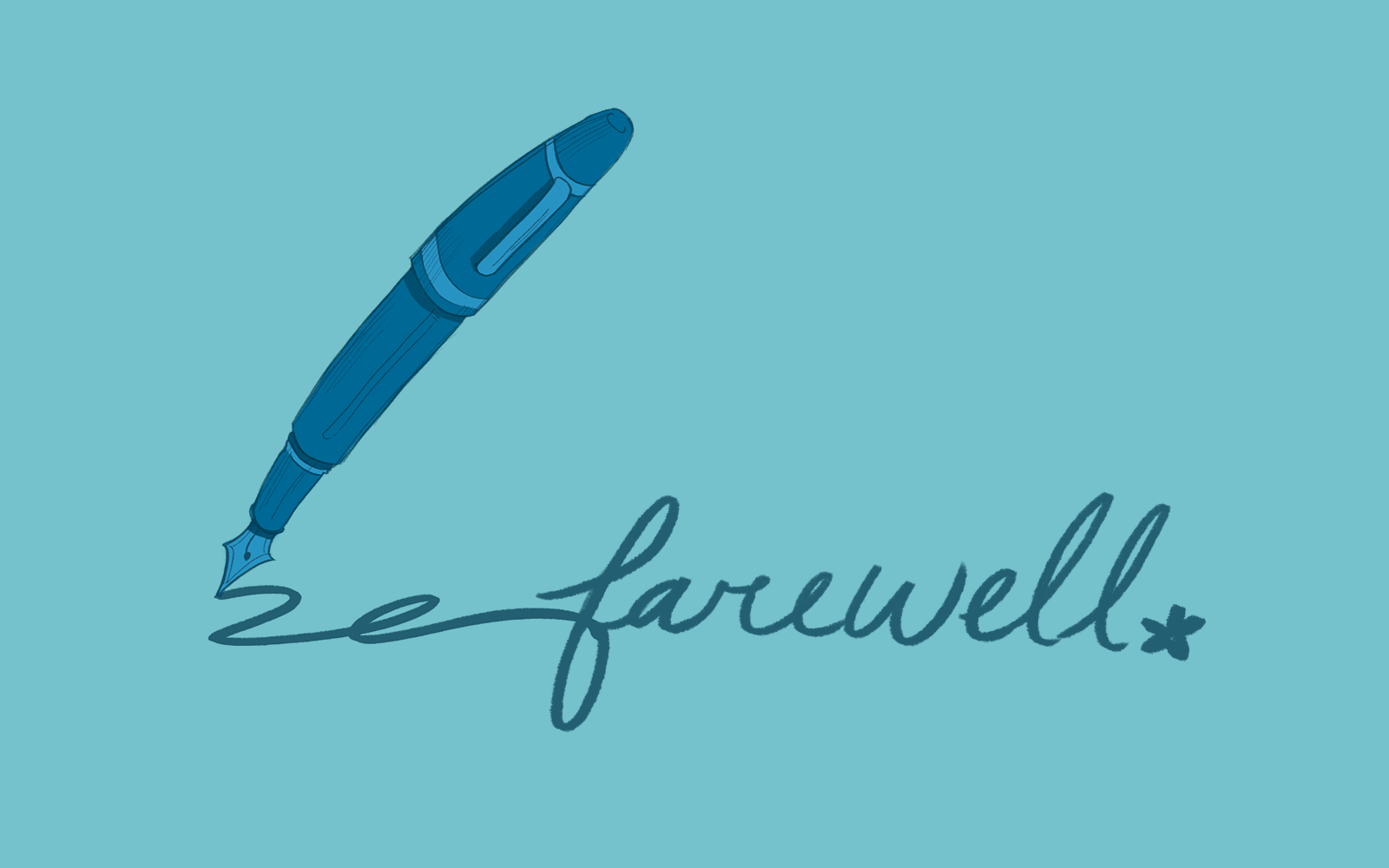As my time with The Concordian comes to a close, I can’t help but think back on the journey that got me here.
In the corner of my kitchen, on the wall next to my fridge, hangs a white board that I use to keep track of my chores and deadlines. But over this last semester, I have been using that white board to countdown the days until my mandate with The Concordian ends.
If you have ever worked for a student newspaper or a campus radio station, you’ve probably heard the joke that student media is a gaping black hole that consumes all of those who cross its path. Everyone who I know has worked for a student paper has admitted getting overwhelmed by the seemingly unending demands of the profession. As someone who has been at the centre of this black hole for the past two years, the prospect of stepping out comes as a much needed relief.
But as that countdown on my whiteboard gets smaller and smaller and I think back on what I’m leaving behind, the sense of satisfaction has slowly started to fade away.
I started writing for The Concordian in September 2020, back when I was still an English literature major and was beginning to consider pursuing a career in journalism. I still remember the night my first article, an opinion piece about the 2020 American presidential elections, was published. That article encapsulated so many firsts: my first byline, my first brush with controversy, my first missed deadline, and the first time I felt like a real journalist.
Nearly every journalist I know started off with contributing to student media. For those of us coming from outside the tightly interconnected journalism world, student media is an important avenue to establish our presence in this daunting media landscape.
The Concordian has opened more doors for me than my lackluster GPA ever could. It was my portfolio with The Concordian that got me into the journalism department. Being on masthead has, directly and indirectly, provided me with some of the best experiences of my life, such as attending NASH 85 and the Thessaloniki International Summer Media Academy. I owe so much to this paper that I don’t think I could ever repay it, even in over a hundred years.
And yet for all the good this has brought me, any picture I paint would be incomplete without acknowledging the bad. The stress from this job has taken a tremendous toll on my mental health and strained many important relationships. At this point, my trash folder contains more resignation letters than I could possibly count. The only thing that kept me from walking away has been the amazing support of my team. I sometimes wonder if I could go back in time knowing what I know now, both the good and the bad, would I still have gone on this journey?
As the Managing Editor, I followed in the footsteps of many great student journalists before me. Over the last year, I’ve had to grapple with so many questions: Where is my place in all of this? How will I be remembered? Am I doing enough? Am I doing too much? Am I doing a good job?
I don’t know the answers to any of these questions. I have made more mistakes than I can possibly count. But it’s comforting to know that I’m just a small link in a much larger chain, a tradition far greater than myself. I know that my memory will quickly fade compared to the accomplishments of the greats who have come before me and the promise of those who will come after. In the face of overwhelming adversity, I was able to preserve and hand off the torch to the next generation.
If I could go back in time, I would tell myself to savour this journey. I would tell myself that the stakes aren’t as high as you think they are, the mistakes you will make along the way are to be learned from, and that you can do this work without getting sucked into that black hole because once it’s over, you have to be ready to move on. And yet, I’ve dedicated so much of myself to this paper that it’s hard to picture what my life might look like without it.
Scientists aren’t quite sure what lies beyond a black hole, and neither am I. As I approach the threshold, I can’t help but stand back in awe of all the beautiful memories that encompass me.
